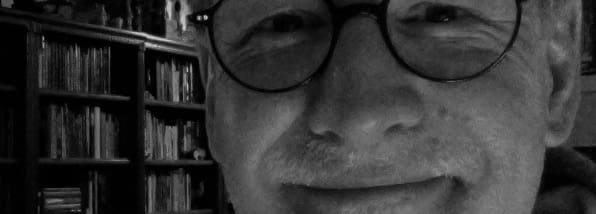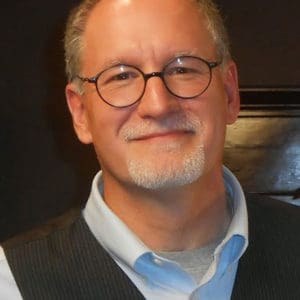Life, As I Find It
I was raised to be a church-going boy. My formative years were spent as a Baptist where weekly doses of Gospel preaching and Bible teaching told me everything I needed to know about accepting Jesus into my heart. Yet, for all of the sermons and studies and Bible reading, it was a novel that made the Truth real to me: The Greatest Story Ever Told by Fulton Oursler.
Unlike a lot of Protestants, I can’t pinpoint a date when it happened. But I remember vividly reading Oursler’s book one evening in my bedroom and reached the part about the Crucifixion. The potency of the drama took hold of me and I knew I was responsible for putting Jesus on the cross. So I knelt next to my bed and asked Jesus to forgive me for my sins. That was a pivot-point in my spiritual journey. From there I desired to go deeper in my life with Christ.
Over 20 years later, after struggling with the “Seeker-style” of worship that dominated Evangelicalism, I encountered “High Church” Anglican liturgy while living in England. That liturgy helped me realize I had been looking for something more than a 7-11 spirituality: I wanted transcendence in my spiritual life. The liturgy pointed me in that direction. And a series of novels about the Church of England by novelist Susan Howatch – beginning with Glittering Images – helped me to understand the dynamic of Anglicanism more than most academic efforts. They weren’t Public-Relations stories at all. On the contrary, they showed the flawed humanness of Henry VIII’s creation five hundred years later. Yet, in many ways, those novels helped prepare me for what would happen next.
Several years ago the Anglican Communion in general, and the U.S. Episcopal Church in particular, began to implode. Amidst the debates, I found myself asking a very basic question: “Who has the authority to interpret Scripture and establish doctrine?” I’d never asked it before. Somehow I had assumed I knew the answer as a Baptist and carried that with me into my Anglicanism – with a modified version that allowed for Anglican tradition as an extension of whatever I assumed my answer had been. But there is was – an obvious question I had never really asked. So a new journey began.
I had no desire to quit Anglicanism, nor was I looking to become something else. Certainly not a Catholic. I figured the answer to the question could easily be found within solid Protestant theology somewhere. By this time I had become friends with Father John Bartunek and he introduced me to the writings of John Henry Newman.
It will seem strange to many that Newman’s non-fiction writing, while meaningful, didn’t impact me as much as one of his obscure novels. Loss And Gain: The Story of a Convert was a semi-autobiographical effort. Father John recommended it to me with the proviso that it was a novel that “shouldn’t work” because it was too didactic, but he wanted to know what I thought of it anyway. Clever fellow.
The novel seemed to capture everything I was thinking and feeling. I saw myself in Newman’s protagonist and his own struggles. And then the unfathomable became fathomable. The die-hard Baptist boy – the dedicated Anglican – moved towards Roman Catholicism. All because of a story that shouldn’t have worked.
Little wonder, then, that Jesus told as many stories as He did. Pastor Eugene Peterson called Jesus’ parables “time-bombs” – planted in the hearts of His listeners under the guise of “Once upon a time…” And the defenses of His listeners went down because everyone loves a good story. But later, when they’re least expecting it, the bomb went off and Truth exploded into their hearts and minds.
As one who writes stories for a living, I shouldn’t be surprised that stories impacted my life as much as anything to bring me to the Truth. Yet I still am. The power of Story to reach past barriers and into the nooks and crannies of the heart is still a mystery to me, one that I relish contemplating again and again. The wonder of it all.





